

Articles
How To Store Halos Oranges
Modified: January 19, 2024
Looking for tips on how to store Halo oranges? Check out our informative articles for expert advice and guidance on preserving this delicious citrus fruit.
(Many of the links in this article redirect to a specific reviewed product. Your purchase of these products through affiliate links helps to generate commission for Storables.com, at no extra cost. Learn more)
Introduction
Storing halo oranges properly is crucial to maintaining their freshness and flavor. Whether you’ve just harvested them from your own tree or purchased them from a local farmer’s market, proper storage ensures that you can enjoy these delicious citrus fruits for an extended period. In this article, we will guide you on how to store halo oranges to maximize their shelf life and preserve their mouthwatering taste.
Halo oranges, also known as Clementines or Mandarin oranges, are renowned for their vibrant color, sweet taste, and easy-peel nature. They are packed with essential vitamins and minerals, making them a healthy and refreshing snack option. To fully enjoy the delightful bursts of flavor that halo oranges offer, it’s important to know how to store them correctly.
Improper storage can result in loss of flavor, texture deterioration, or even spoilage. Therefore, by following these simple steps and guidelines, you can prolong the shelf life of halo oranges and savor them whenever you desire.
Key Takeaways:
- Proper storage of halo oranges is crucial for maintaining their freshness and flavor. Choosing the right storage location, preparing the container, and monitoring regularly are key steps to ensure their longevity.
- Implementing tips for prolonged storage, such as avoiding washing the oranges before storage and consuming the ripest ones first, can further enhance the shelf life of halo oranges.
Read more: How To Store Halo Bassinest
Choosing the Right Storage Location
The first step in storing halo oranges is to select an appropriate storage location. Ideally, you want to choose a cool, dark, and well-ventilated area. Basements, fruit cellars, or cool pantry shelves are excellent options. These areas help maintain a stable temperature, minimize exposure to light, and provide proper air circulation.
Avoid storing halo oranges in areas that are exposed to direct sunlight or have temperature fluctuations, such as near windows or heat sources. Sunlight can cause the fruit to overheat and spoil faster, while temperature fluctuations can impact their quality and taste. Additionally, keep the oranges away from strong-smelling foods as they can absorb odors easily.
If storing the oranges in a refrigerator, ensure that they are kept away from raw meat or strong-smelling foods. The ethylene gas emitted by these food items can accelerate the ripening process and affect the flavor of the oranges.
By selecting an appropriate storage location, you create an optimal environment that helps preserve the quality and freshness of the halo oranges for an extended period.
Preparing the Storage Container
Before you begin storing halo oranges, it’s important to prepare the storage container properly. An ideal container for storing these citrus fruits is a well-ventilated, clean, and food-grade plastic or wooden container. Avoid using tightly sealed containers or plastic bags as they can trap moisture and promote mold growth.
Start by cleaning the storage container with mild soap and water to remove any dirt or residue. Rinse it thoroughly and allow it to air dry completely. This step ensures that no bacteria or contaminants are present that could potentially spoil the halo oranges.
If you are reusing a container, make sure it is in good condition and free from any cracks or damages. Damaged containers can provide an entry point for pests or air, leading to quicker spoilage.
Once the container is clean and dry, line the bottom of the container with a layer of absorbent material like paper towels or clean cloth. This layer helps absorb any excess moisture and prevents it from accumulating at the bottom, which can lead to mold growth or rotting.
By properly preparing the storage container, you create a clean and suitable environment for storing the halo oranges, ensuring their freshness and longevity.
Sorting and Cleaning the Halo Oranges
Before placing the halo oranges in the storage container, it’s essential to sort and clean them properly. This step ensures that only the highest-quality fruits are stored, reducing the risk of spoilage and maintaining their flavor.
Start by sorting through the halo oranges and removing any damaged or bruised fruits. Damaged oranges can release ethylene gas, which accelerates the ripening process and can spoil other fruits in the container. Set aside any damaged oranges for immediate consumption or disposal.
Next, give the halo oranges a gentle rinse under cool running water. Use a soft brush or sponge to remove any dirt or residue from the skin. Avoid using harsh detergents or soaps as they can leave a residue and affect the flavor of the fruit.
After cleaning, pat the halo oranges dry with a clean towel. Excess moisture can promote mold growth, so ensure that the oranges are completely dry before placing them in the storage container.
Sorting and cleaning the halo oranges helps remove any potential contaminants and ensures that only fresh and healthy fruits are stored. By taking this extra step, you contribute to maintaining the quality and longevity of the oranges.
Removing Any Damaged Oranges
When it comes to storing halo oranges, it is crucial to remove any damaged or spoiled fruits from the batch. This step is essential to prevent the spread of mold or the deterioration of other oranges in the storage container.
Take a close look at each halo orange and inspect for signs of damage. Discard any oranges that have cuts, bruises, mold, or are starting to decay. Damaged oranges can release ethylene gas, which speeds up the ripening process and can cause neighboring oranges to spoil more quickly.
It’s best to remove damaged oranges as soon as possible, even if they seem relatively minor. By promptly removing them, you reduce the risk of contamination and preserve the quality of the remaining fruits.
If the damage is limited to a small area, such as a bruise, you can salvage the edible portion by cutting away the affected area. However, make sure the remaining fruit is intact and free from any signs of spoilage before storing it with the rest of the halo oranges.
Properly inspecting the halo oranges and removing any damaged fruits is a vital step in ensuring that the stored oranges remain fresh and of high quality.
Read more: How To Store Oranges
Layering the Oranges in the Container
When storing halo oranges, it’s important to layer them in the storage container properly. This method helps prevent the fruits from crushing each other and allows for adequate air circulation, thus maintaining their freshness for a longer period.
Start by placing a layer of halo oranges at the bottom of the container, making sure to leave a small gap between each fruit. Place the oranges in a single layer, avoiding any overlapping or stacking. This ensures that the weight of the oranges is evenly distributed and prevents them from getting squished.
Continue layering the halo oranges in the container, alternating the direction of the fruit in each layer. This crisscross pattern helps maximize airflow between the oranges and minimizes the risk of trapped moisture that could lead to mold or faster spoilage.
Try to maintain a consistent layer thickness throughout the container, ensuring that the oranges are not overcrowded. Overcrowding can lead to increased humidity and reduced air circulation, causing the fruits to deteriorate more quickly.
If storing a large quantity of halo oranges, it’s advisable to separate them into multiple containers. This allows for better air circulation and minimizes the risk of spoilage.
By layering the halo oranges properly, you create an environment that promotes airflow and prevents unnecessary bruising or damage, ultimately extending the shelf life of the fruits.
Store Halo oranges in a cool, dry place away from direct sunlight. They can also be stored in the refrigerator for up to two weeks. Keep them in a breathable bag or container to maintain freshness.
Adding a Moisture Barrier
When storing halo oranges, it’s important to create a moisture barrier within the storage container. This barrier helps regulate humidity levels and prevents excess moisture from coming into direct contact with the fruits, reducing the risk of mold growth or spoilage.
To add a moisture barrier, start by placing a layer of absorbent material, such as paper towels or clean cloth, on top of the first layer of halo oranges. The absorbent material helps to absorb any excess moisture that may be present in the container.
After adding the absorbent layer, you can sprinkle a small amount of baking soda or cornstarch on top. These substances can help absorb any additional moisture effectively.
Continue layering the halo oranges and adding the moisture barrier between each layer. Ensure that the barrier covers the entire top surface of each layer before placing the next layer on top.
If you notice any moisture buildup or condensation forming on the inside of the storage container, remove the fruits temporarily and dry the container thoroughly before reassembling the layers. This step helps prevent excess humidity from causing the halo oranges to rot.
By adding a moisture barrier, you create a controlled environment that minimizes the risk of moisture-related issues and helps maintain the freshness and quality of the halo oranges throughout their storage.
Securing the Container Properly
After layering the halo oranges in the storage container, it’s important to secure the container properly. This step ensures that the fruits are protected from any external factors that could compromise their quality and freshness.
If you are using a lidded container, ensure that the lid fits tightly and securely. This prevents any air or moisture from entering the container, which could lead to spoilage. Double-check that the lid is properly sealed to maintain an airtight environment.
If you are using a container without a lid, you can cover it with plastic wrap or aluminum foil. Make sure the cover fits tightly and is sealed around the edges to prevent air and moisture from entering.
When using a plastic bag for storing the halo oranges, select a durable and food-grade bag. Seal the bag tightly and remove as much air as possible to minimize oxygen exposure. Alternatively, you can use vacuum-sealed bags to create an airtight seal.
Label the container with the date of storage to keep track of the freshness of the halo oranges. This practice ensures that you consume the oldest fruits first and helps avoid consuming overripe or spoiled ones.
Store the secured container in the designated location, following the recommendations mentioned earlier. Placing the container on a stable and level surface helps prevent accidental tipping or damage to the oranges.
By securing the container properly, you create a protective barrier against external factors, ensuring that the halo oranges remain fresh and flavorful for an extended period of time.
Storing in the Appropriate Temperature
The proper temperature is key to storing halo oranges and preserving their freshness. Maintaining the appropriate temperature helps slow down the ripening process and extends the shelf life of the fruits.
The ideal temperature range for storing halo oranges is between 45°F (7°C) and 50°F (10°C). This temperature range is cool enough to slow down the ripening process but not cold enough to cause damage or chilling injury to the fruits. Avoid storing halo oranges at temperatures below 45°F (7°C) as it can lead to flavor loss and textural changes.
If you are storing halo oranges in a refrigerator, place them in the crisper drawer, which provides a slightly higher humidity level. Keep them away from the freezer compartment to prevent freezing, which can result in texture degradation and loss of flavor.
It’s important to note that if you have harvested the halo oranges directly from a tree, they are best stored at room temperature for a day or two to allow them to fully ripen. Once they reach the desired ripeness, transfer them to the cooler storage location to slow down further ripening.
Consistency in temperature is crucial for maintaining the quality of halo oranges. Avoid sudden temperature fluctuations or exposure to heat sources, as they can accelerate the ripening process and cause premature spoilage.
By storing halo oranges at the appropriate temperature, you can extend their shelf life and enjoy their delicious taste and nutritional benefits for a longer period.
Read more: How To Store Away Halo Bassinest
Monitoring and Checking the Oranges Regularly
While storing halo oranges, it’s important to monitor and check them regularly to ensure their freshness and catch any potential issues before they worsen.
Regularly inspect the stored halo oranges for any signs of spoilage, such as mold growth, soft spots, or an unpleasant odor. If you come across any spoiled fruits, remove them immediately to prevent the spread of contamination to the rest of the batch.
Check the container for any condensation or excessive moisture buildup. Excess moisture can promote mold growth and cause the fruits to deteriorate more quickly. If you notice excessive moisture, remove the halo oranges temporarily, dry the container thoroughly, and replace the absorbent layer before returning the fruits.
Inspect the storage location for any signs of pests, such as ants or fruit flies. These pests can quickly infest the halo oranges and compromise their quality. Take necessary measures to eliminate pests and ensure that the storage area remains clean and pest-free.
During the storage period, gently rotate the halo oranges to prevent any potential pressure points or indentations from forming. This step helps ensure that the fruits maintain their shape and quality over time.
Regularly check the temperature of the storage location to ensure it remains within the recommended range. If the temperature fluctuates significantly or falls outside the optimal range, take necessary steps to adjust it accordingly to prevent damage to the fruits.
By monitoring and checking the halo oranges regularly, you can catch any issues early on and take appropriate actions to maintain the quality and freshness of the fruits throughout their storage period.
Tips for Prolonged Storage
To maximize the shelf life and quality of stored halo oranges, consider implementing these tips for prolonged storage:
- Do not wash the oranges before storing them. The moisture from washing can speed up the deterioration process.
- Avoid storing different types of fruits together. Some fruits release ethylene gas, which can cause premature ripening and spoilage in other fruits, including halo oranges.
- Avoid stacking heavy objects on top of the container. Excessive weight can crush the halo oranges and lead to spoilage.
- Handle the fruit gently when checking or rotating them. Excessive handling can damage the delicate flesh and increase the risk of spoilage.
- Consume the ripest oranges first. As halo oranges have different ripening stages, consuming the ripest ones first ensures that you enjoy them at their peak flavor.
- Consider preserving the oranges. If you anticipate not being able to consume all the stored halo oranges before they start to deteriorate, consider preserving them through methods like canning, freezing, or making citrus preserves.
- Use the stored halo oranges for various culinary purposes. Apart from eating them as a snack, you can use halo oranges in salads, desserts, marinades, or as a flavor enhancer in beverages.
- Share or donate the excess. If you find yourself with a surplus of halo oranges, consider sharing them with friends, family, or local food banks to avoid wastage.
- Keep an eye on the storage container and address any issues promptly. The condition of the container can impact the ongoing storage of the halo oranges, so be vigilant in maintaining its cleanliness and integrity.
- Enjoy the halo oranges within their recommended storage period. While proper storage techniques can help prolong the shelf life of the fruit, it’s always best to consume them within a reasonable time frame for the best flavor and quality.
By following these tips, you can extend the storage life of halo oranges and make the most of their delicious flavors for an extended period.
Conclusion
Properly storing halo oranges is essential to maintain their freshness, flavor, and nutritional value. By following the guidelines provided in this article, you can ensure that your halo oranges remain delicious and enjoyable for an extended period of time.
From choosing the right storage location and preparing the storage container to sorting and cleaning the halo oranges, each step plays a crucial role in preserving the quality of the fruits. Removing any damaged oranges and layering them properly in the container ensures that they remain intact and protected during storage.
Adding a moisture barrier, securing the container properly, and storing the halo oranges at the appropriate temperature create an optimal environment for prolonging their shelf life. By regularly monitoring and checking the fruits, you can catch any potential issues early and take necessary actions to prevent spoilage.
Implementing tips for prolonged storage, such as avoiding washing the oranges before storage, preventing cross-contamination with other fruits, and consuming the ripest oranges first, can further enhance the longevity of the halo oranges.
Remember to handle the halo oranges gently and consider preserving or sharing the excess fruits to prevent wastage. And finally, enjoy the halo oranges within their recommended storage period for the best flavor and quality.
By following these guidelines and tips, you can ensure that your stored halo oranges remain a delightful treat, bursting with refreshing flavor, even long after their harvest or purchase.
Frequently Asked Questions about How To Store Halos Oranges
Was this page helpful?
At Storables.com, we guarantee accurate and reliable information. Our content, validated by Expert Board Contributors, is crafted following stringent Editorial Policies. We're committed to providing you with well-researched, expert-backed insights for all your informational needs.

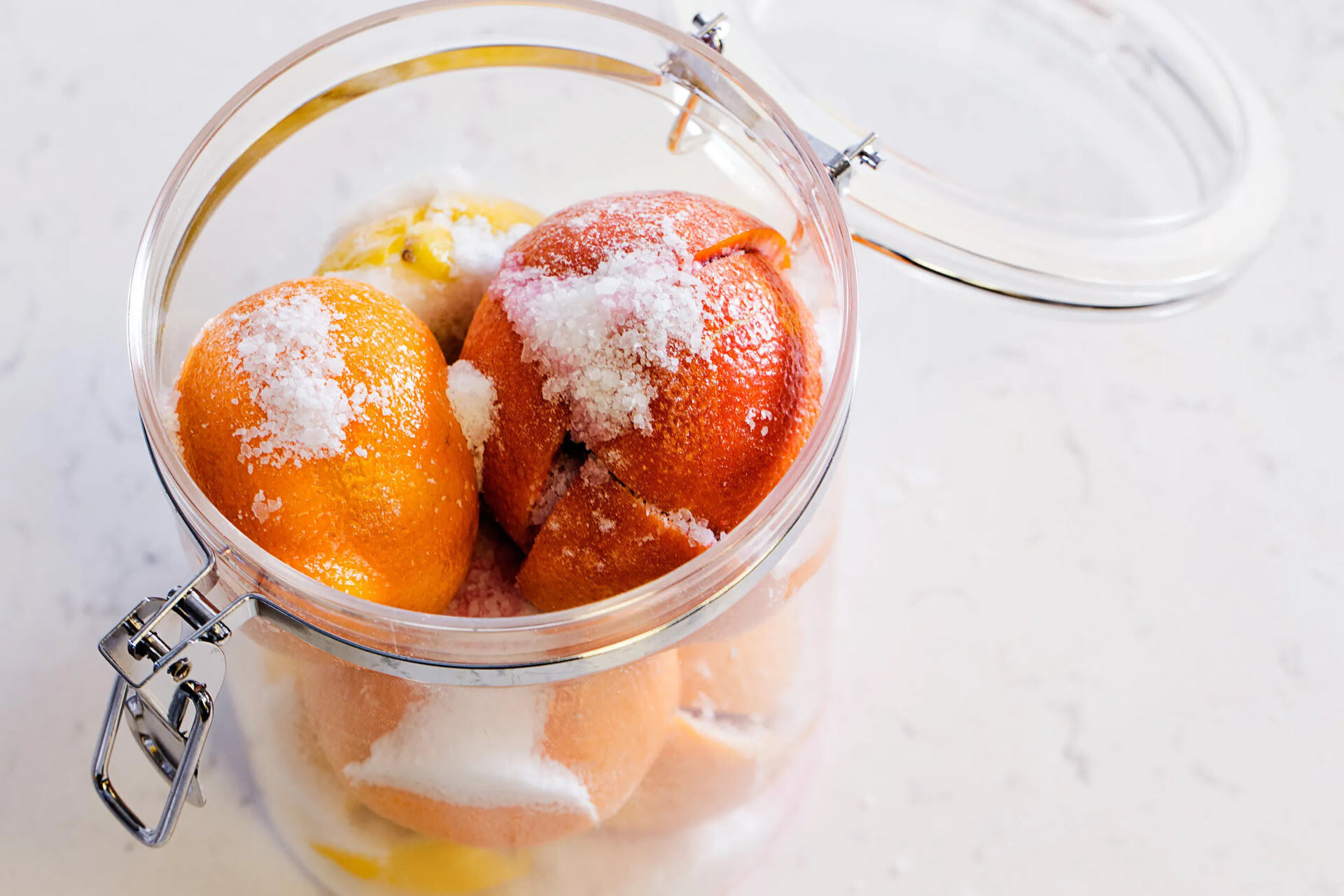

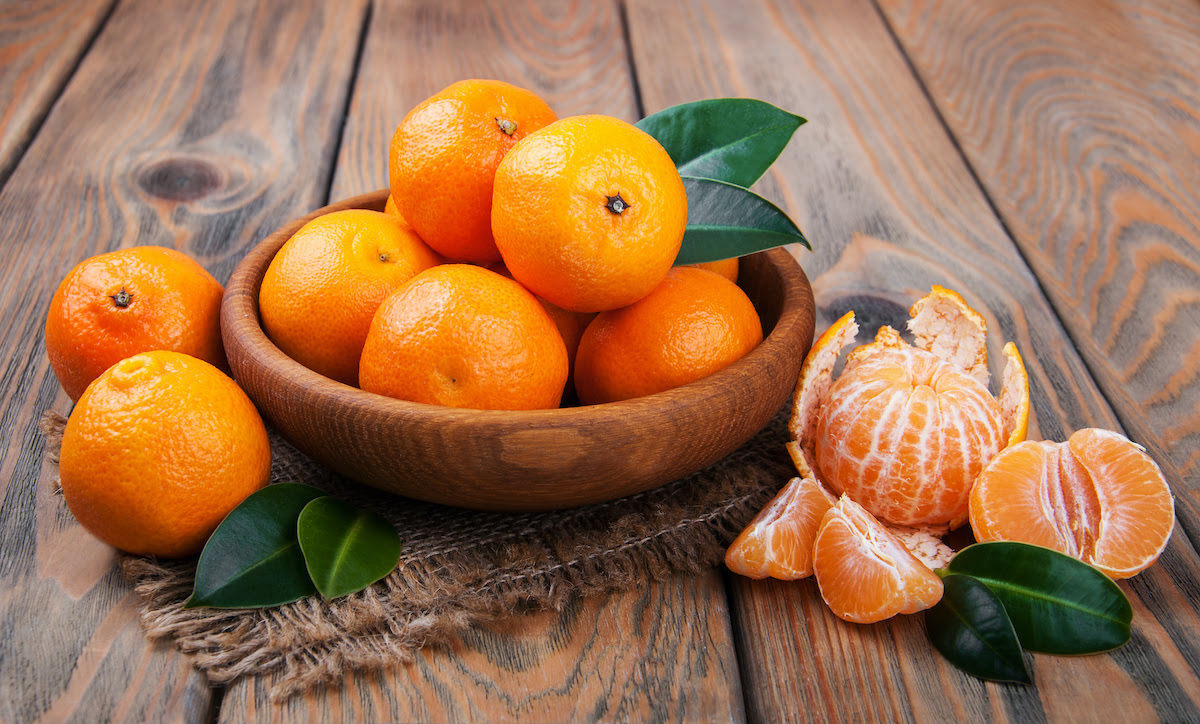
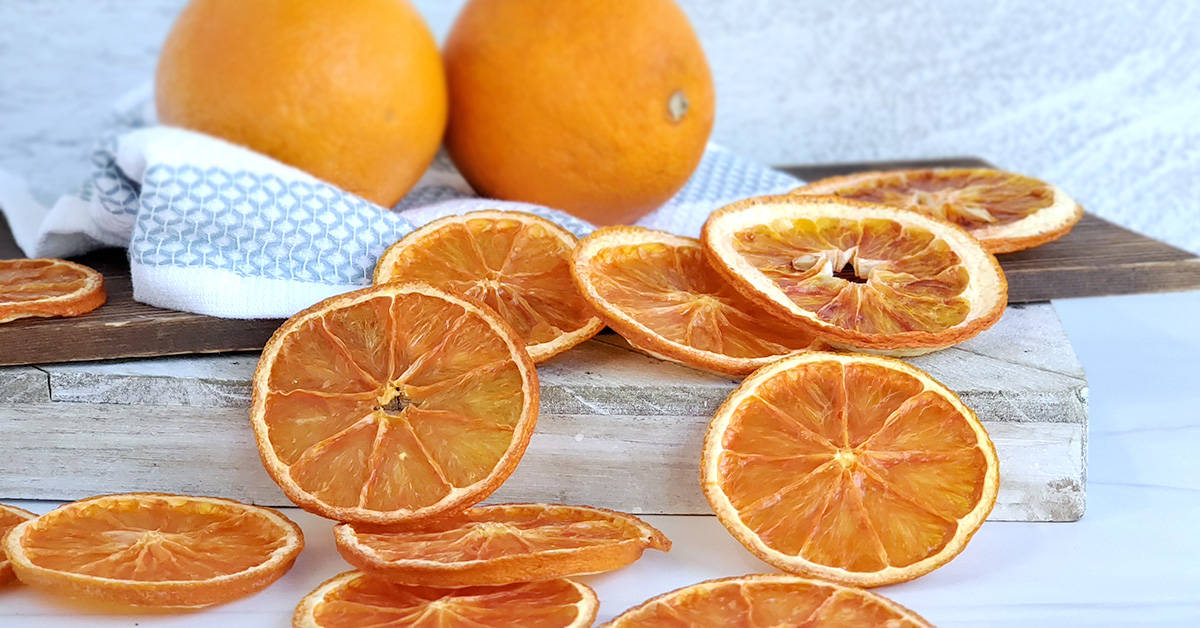
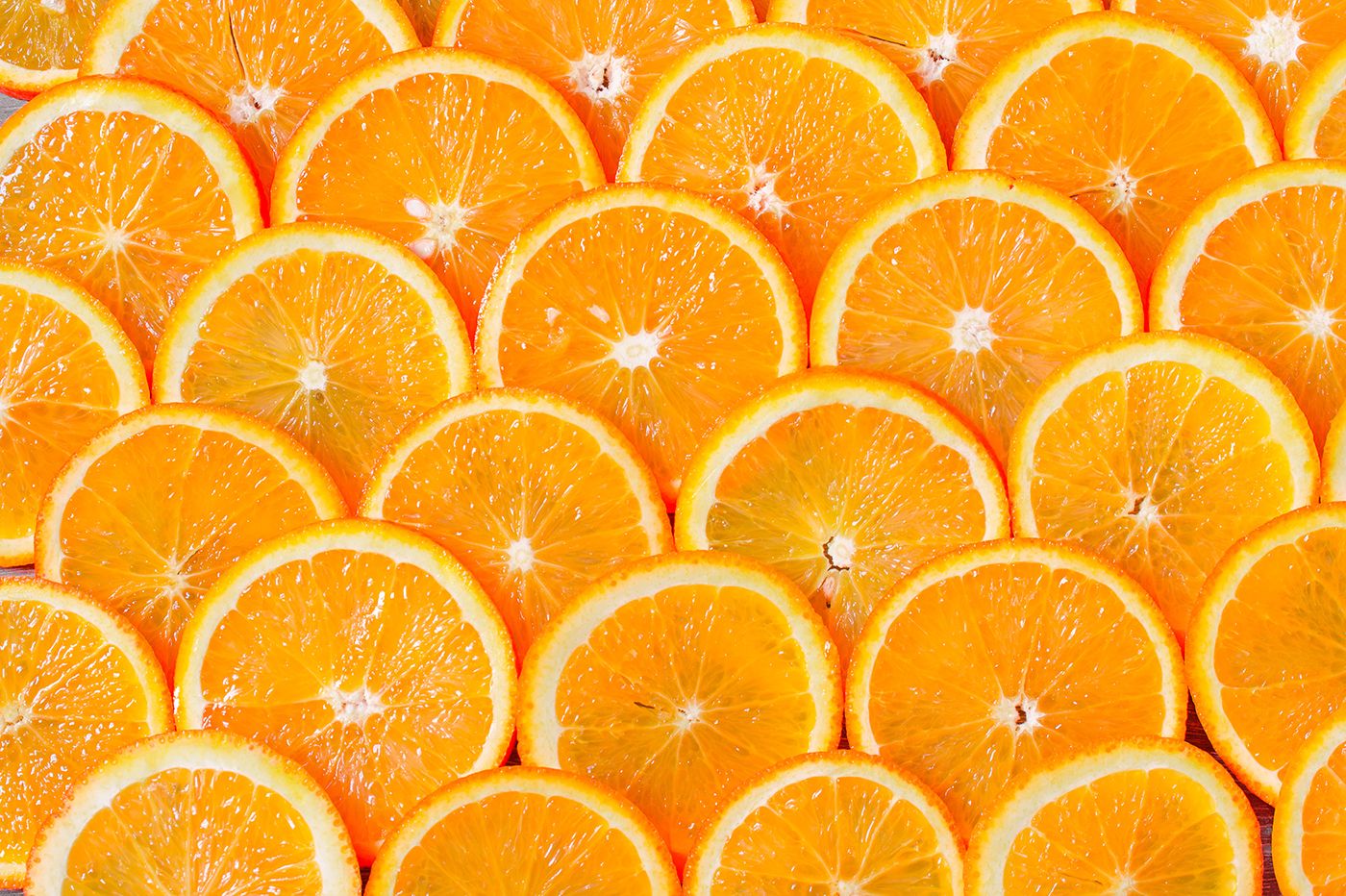

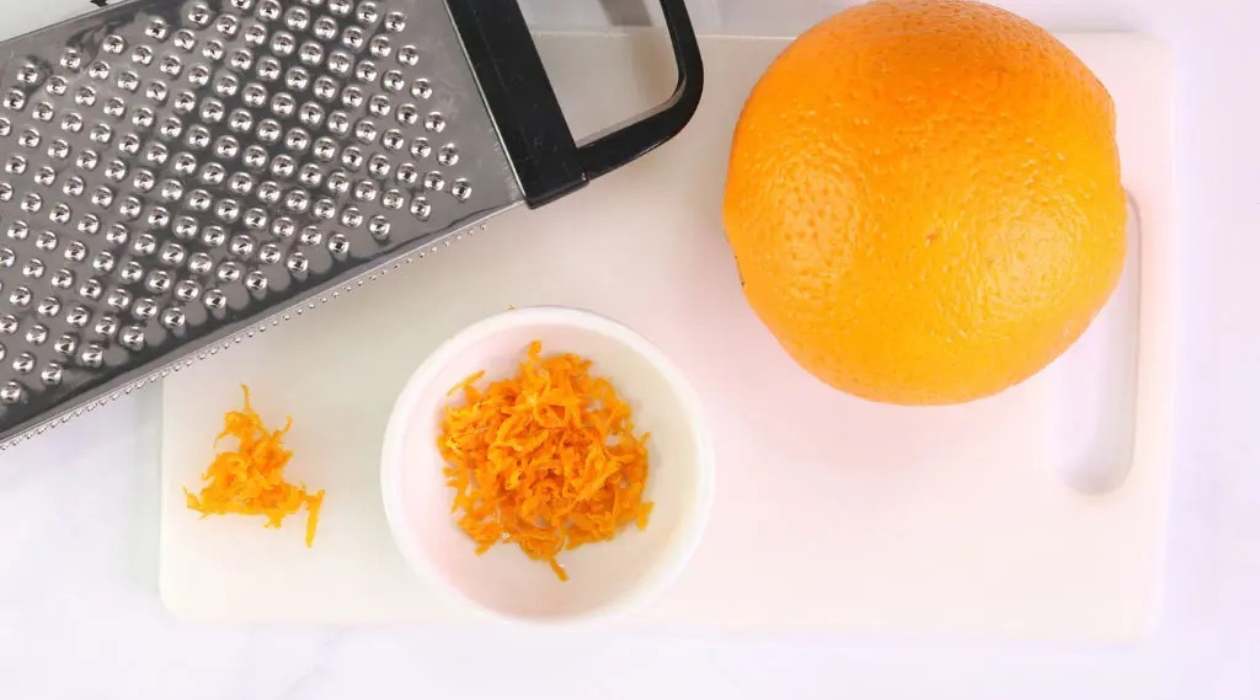
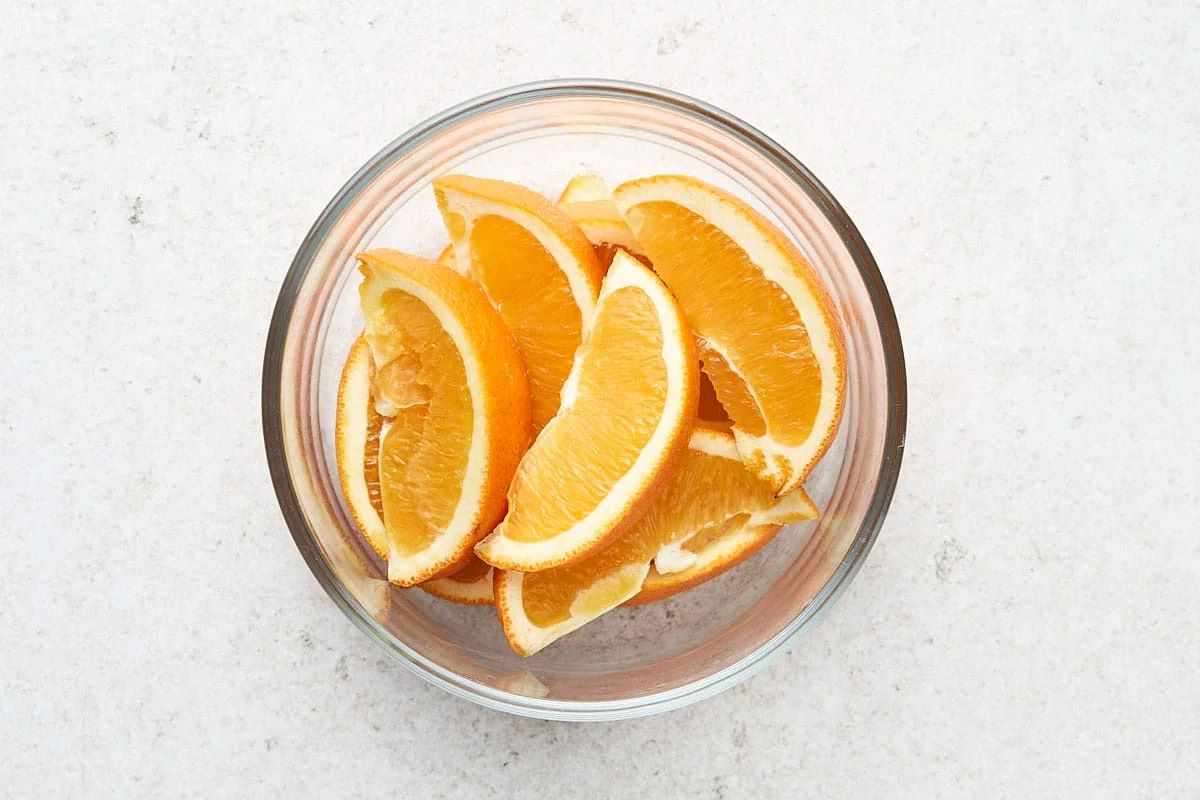
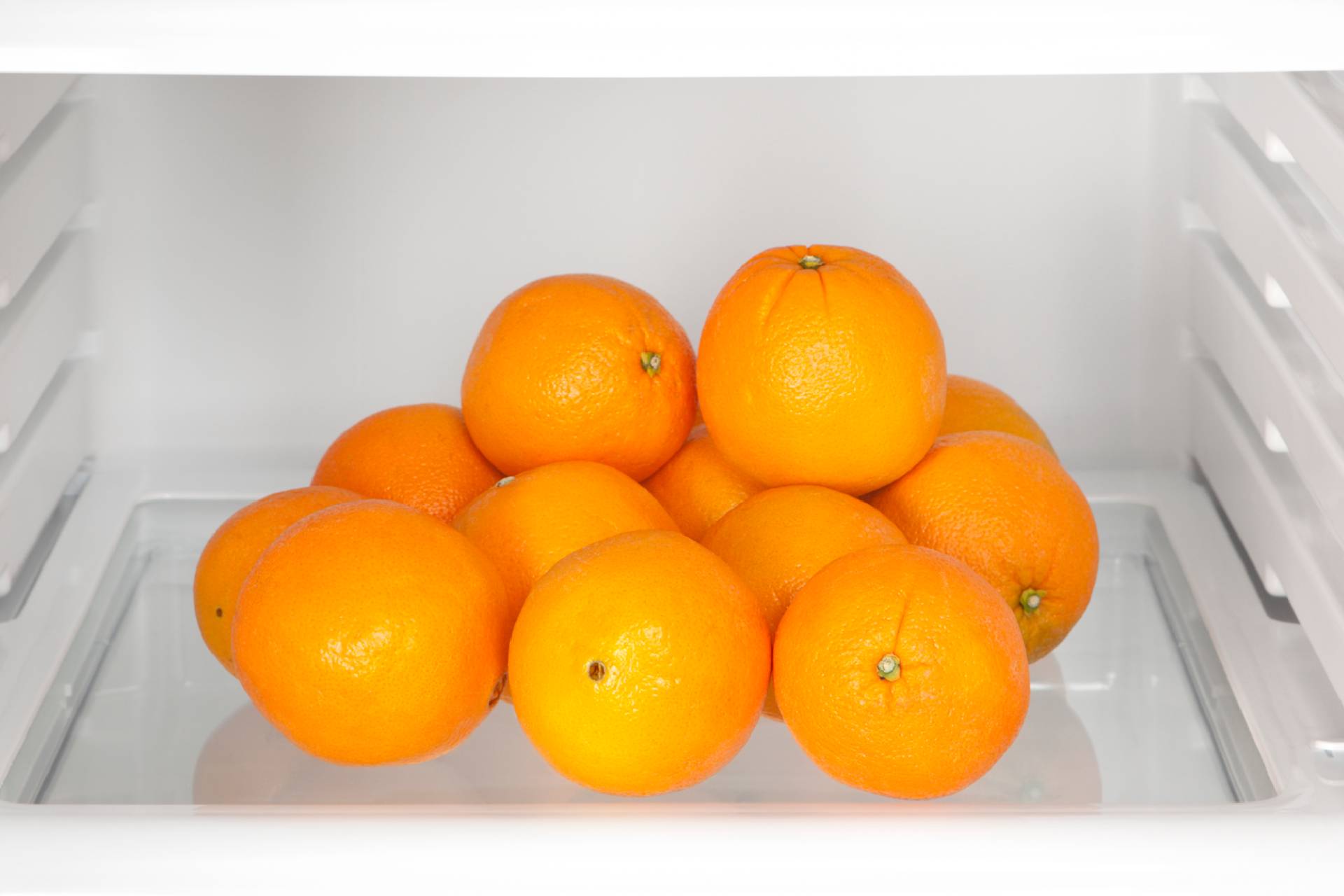

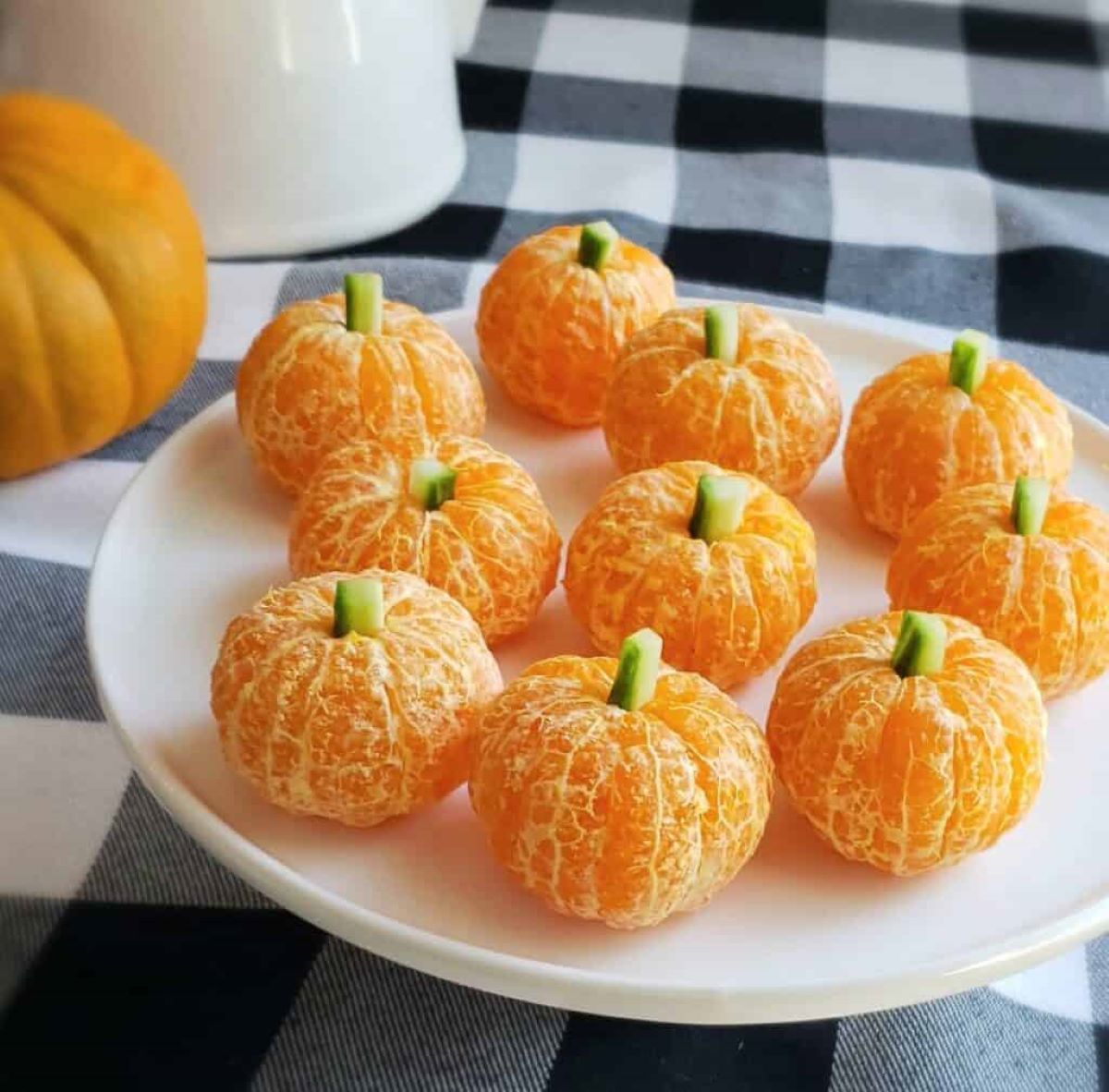


0 thoughts on “How To Store Halos Oranges”